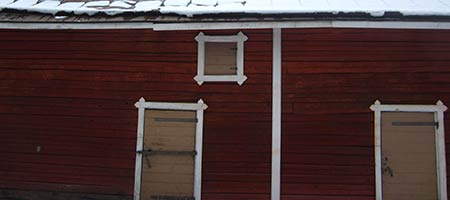What Causes Siding to Buckle?
- Jim Pull
- April 30, 2015

Buckling can occur for several reasons and once siding has begun to buckle or warp it cannot be repaired. Once it is misshapen, that section of siding will need to be replaced. One of the more common causes of buckling is that the siding wasn’t installed properly to begin with. If the siding was nailed too tightly, it can begin to show signs of buckling in just a short period of time. The reason for this is that when nailed to tightly, the siding doesn’t have room to expand and contract with fluctuating temperatures. Properly installed siding will move side to side approximately ¼ inch. A frequent cause for buckling is that the nails have been driven directly through the siding rather than through the appropriate holes located along the top of each piece.
Age will also cause siding to buckle. Over time, harsh weather conditions cause the siding to expand and contract which can result in buckling in certain areas. The expansion and contraction actually stretches the siding like an elastic band and just like that elastic band, after being stretched continuously for long periods of time, it loses the ability to go back to its original shape.
As soon as you notice any misshapen areas in your siding, you should contact a reputable Omaha siding contractor for an evaluation. Buckled siding can lead to other, more serious problems such as moisture seeping under the siding. Once moisture has gotten underneath the siding panels, the problem will compound itself quickly. As the moisture freezes and thaws, not only will it further damage the siding, but it will damage the boards underneath as well.